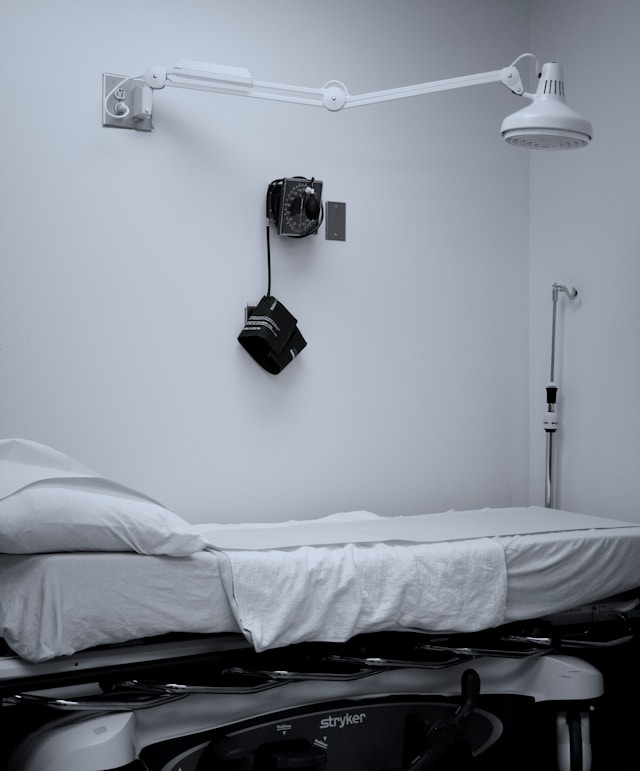The medical industry heavily depends on physical locations to deliver care and services. This makes it important for healthcare providers to choose the right office space to lease. This decision isn’t just about finding a place to see patients. It is also about finding a space that supports efficient work, meets legal standards, and doesn’t cost too much. With healthcare progressing towards more outpatient care and specialized services, the need for well-chosen medical office spaces is more important than ever. This makes it vital for medical professionals looking to start or grow their practices to understand the ins and outs of leasing these spaces.
Understanding medical office space leasing comes with its own set of challenges. These include including complex terms, conditions, and negotiations that are specific to the healthcare field. The challenges can be daunting, especially for those not familiar with real estate. Yet, they can greatly affect a practice’s day-to-day operations and financial stability. This article details the key aspects of leasing a medical office space. We will cover important lease terms, the specific needs of medical practices, strategies for negotiating beneficial lease agreements, and legal and financial points to consider. We’ll also share ways to get the most value out of a lease, ensuring that the agreement works well for the practice over the lease period.
Understanding Lease Terms
Exploring the details of medical office space leases reveals key terms that are essential for doctors making decisions. For example, rent is usually shown as a price per square foot. Knowing this helps figure out the total cost. The length of the typical lease is in years. The length of the lease influences the practice’s stability and its ability to adapt to changes in healthcare.
Operating costs, also known as “pass-throughs,” can cover maintenance, utilities, and property taxes. It’s important to be aware of these costs for planning and predicting future expenses. For medical practitioners, understanding these lease aspects is not just about the agreement itself; it’s about strategically choosing a location that matches their practice’s operational needs and financial plans.
Evaluating Space Requirements
Assessing space needs is key for medical practitioners to make sure their practice does well in the leased space. Checking how many patients come in can help decide how big and how the waiting and treatment areas should be set up for smooth patient flow. It’s also important to have enough room for current equipment and any new technology that might be needed in the future.
With healthcare constantly changing, doctors should think about having the option to expand to handle more patients or offer more services. It’s wise to plan for changes in staff size too. If the team gets bigger or smaller, the office space needs may change. This careful planning ensures the chosen space meets today’s needs and can also support future growth. This makes sure the leasing decision fits with where the practice is headed.
Negotiating Lease Agreements
Starting lease negotiations takes careful preparation; knowing that you can discuss every term is essential to getting a good deal. Tips for negotiating often highlight the need to be clear about what you want, to know the local market rates so you can make sure the rent is fair, and to ask for a detailed list of any fees or costs tied to the lease. You can also talk about how long the lease will last; short-term leases give you flexibility to grow or move soon, while longer leases might offer good terms but less chance to change.
Negotiating improvements to the space, like repairs or changes the landlord agrees to make for your medical practice, is also important. Good negotiation skills can lead to big savings. By getting the landlord to cover the cost of making the space right for you, your initial out of pocket costs are lower.
Understanding Legal and Financial Considerations
When signing a lease for a medical office space, it’s important for doctors to closely review all legal and financial aspects. They need to be especially aware of liability concerns, as it’s important to meet specific standards to ensure patient safety and reduce the risk of lawsuits. Having the right insurance is also key to protect the practice from unexpected situations.
Financially, there’s more to consider than just the monthly rent. Costs like maintenance fees for shared spaces, property taxes, and possible rent hikes should be taken into account. The reason is because they will obviously impact the practice’s finances. The negotiation stage is the best time to get clear on these costs. Working with a lawyer who knows about commercial leases can be very helpful.
Maximizing the Value of Your Lease
Exploring different strategies can help medical practitioners get more value from their leases. Subleasing allows them to earn money from space they’re not using. Lease assignments can make it easier to move or close the practice smoothly. The time to renew a lease is a great opportunity to negotiate better terms, especially since landlords often prefer to keep dependable tenants.
Keeping on top of the lease by regularly reviewing the agreement makes sure doctors know their rights and responsibilities and lets them take advantage of good market conditions or changes within their practice. This proactive lease management can lead to more cost-effective and beneficial arrangements for the financial health of their practice.
Understanding lease terms, carefully considering how much space is needed, and negotiating well are vital for aligning the lease with the practice’s goals. Being aware of the legal and financial aspects is key for protecting the practice’s interests. Such will ensure its long-term success. Strategies like subleasing and renegotiating at renewal can also increase the lease’s value. With this knowledge, medical practitioners can sort through the leasing process effectively. This also will enable them to make the best decisions that support their practice’s operations and finances.


